Search the whole station Crushing Equipment
Our Ceramic ball mill are available in different styles and numerous model sizes in each style to adapt to various grinding requirements.
Ceramic ball mill, as a grinding tool for modern refinement industry, stands out in many industries with its unique material and efficient grinding performance. The machine adopts high-quality ceramic material to make grinding media, which ensures stable grinding effect in high-speed operation and avoids metal contamination at the same time, which is the first choice of equipment for pursuing high purity grinding effect.
A ceramic ball mill is a type of grinder, or grinding mill, that consists of a cylindrical shell lined with ceramic materials like high-purity alumina. This shell is partially filled with ceramic grinding media, typically alumina balls. The primary purpose of this all-ceramic environment is to prevent iron and other metal contamination during the milling process. This makes it the ideal choice for processing light-colored or chemically sensitive materials where even trace amounts of metal could ruin the final product’s color, chemical properties, or performance.
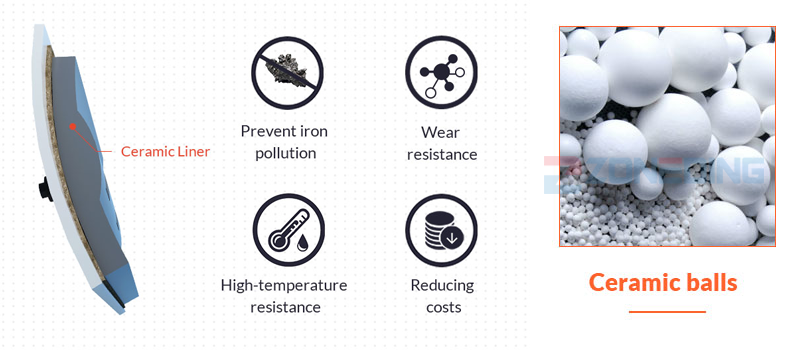
Whether it is glaze preparation in the ceramic industry, powder mixing in the chemical industry, or drug grinding in the pharmaceutical industry, the ceramic ball mill can meet your grinding needs with its excellent performance. It is widely used in various scenarios that require high purity and high precision grinding, and is a powerful assistant to improve product quality and productivity.
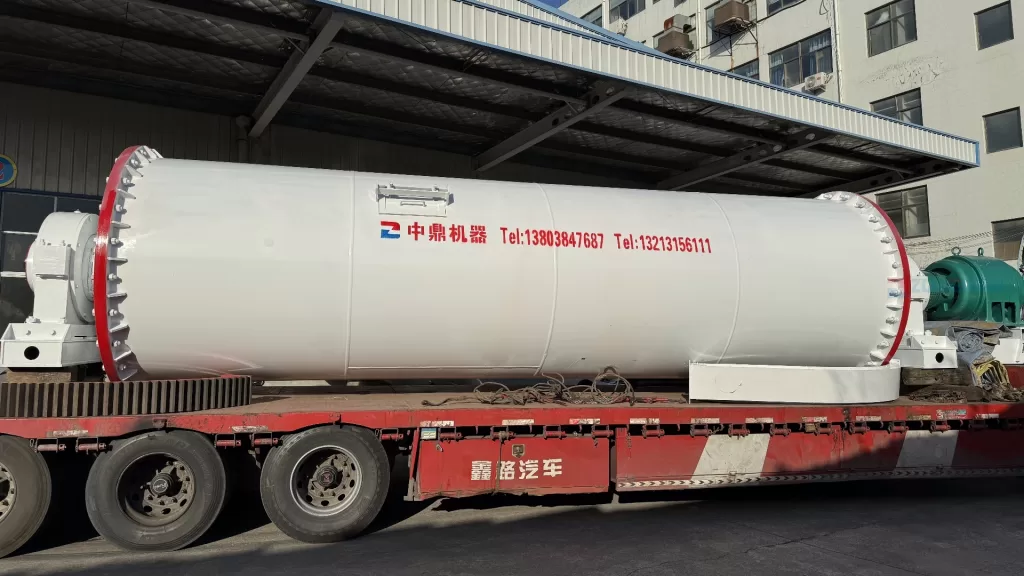
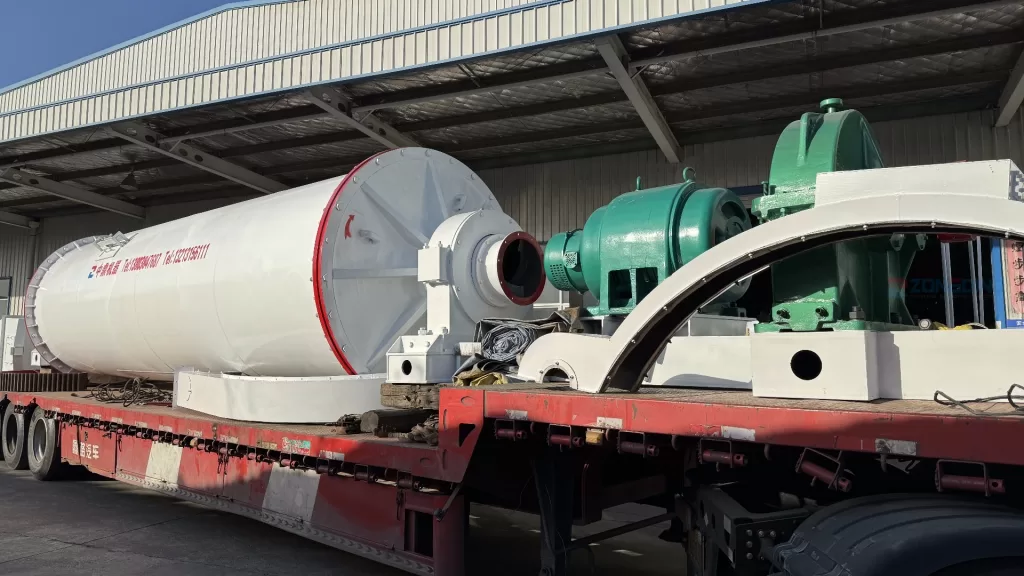
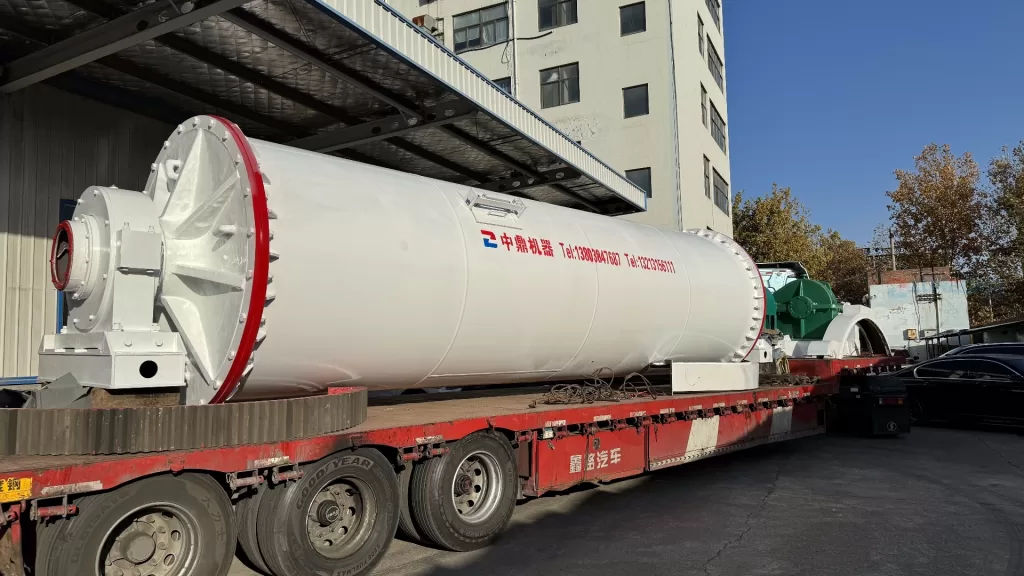
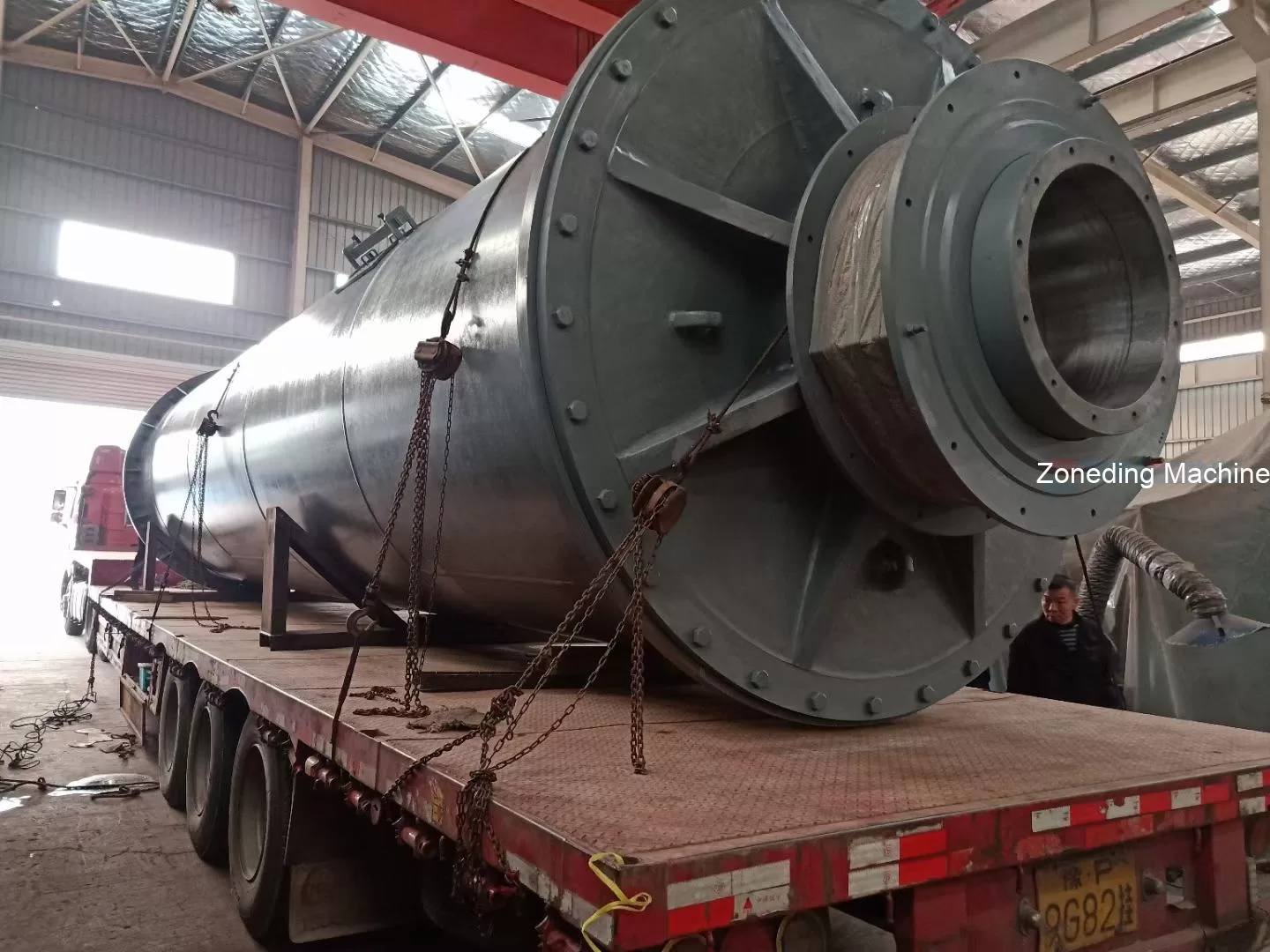
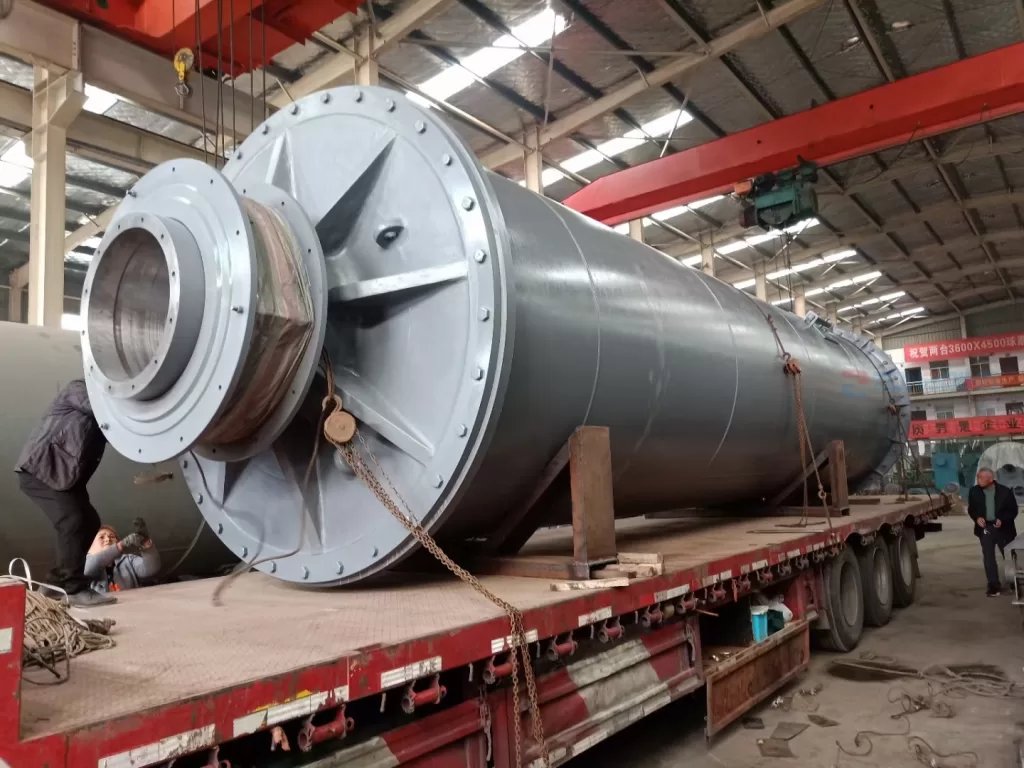
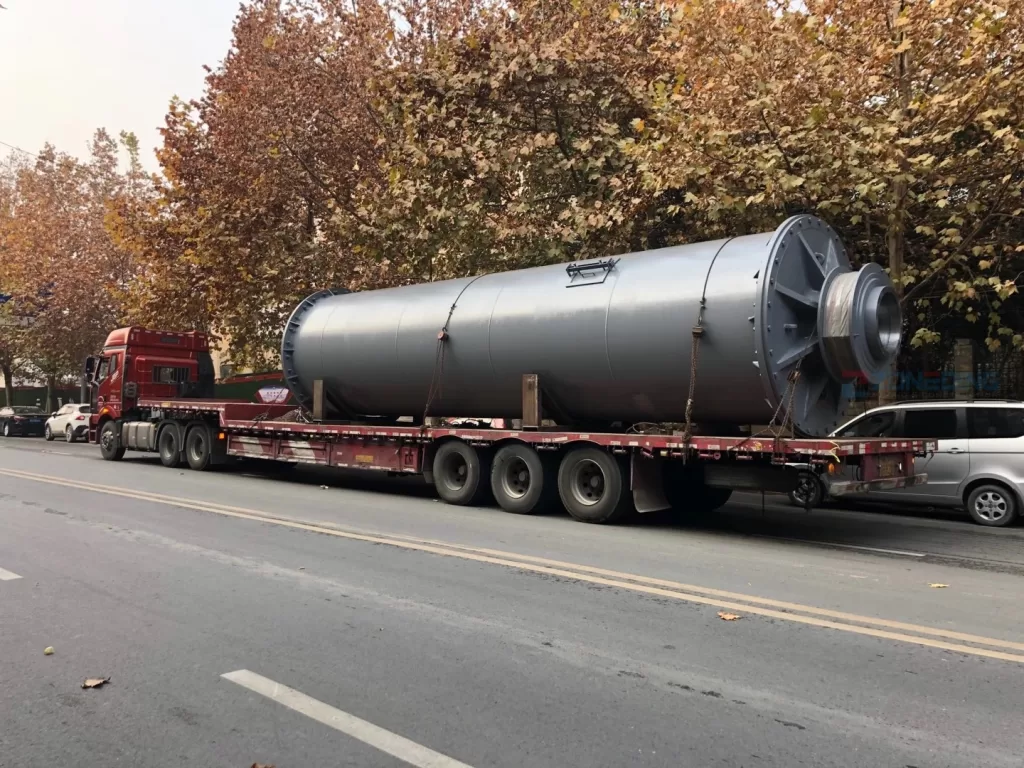
If you are interested in this, please contact us as soon as possible! We will provide you with more than 2 solutions for you to choose from.
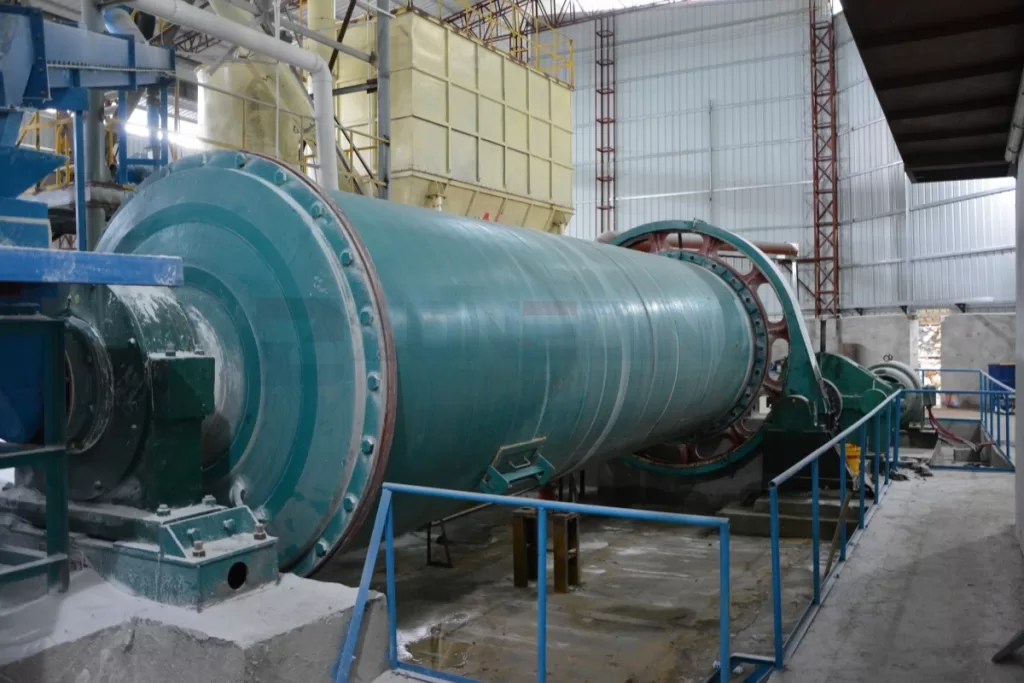
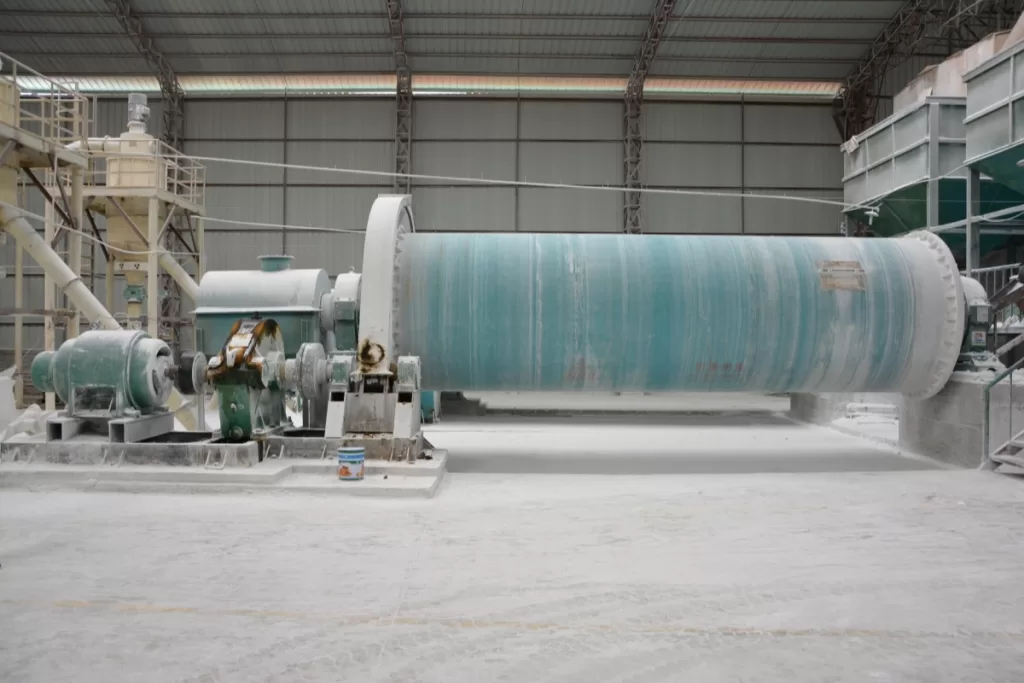
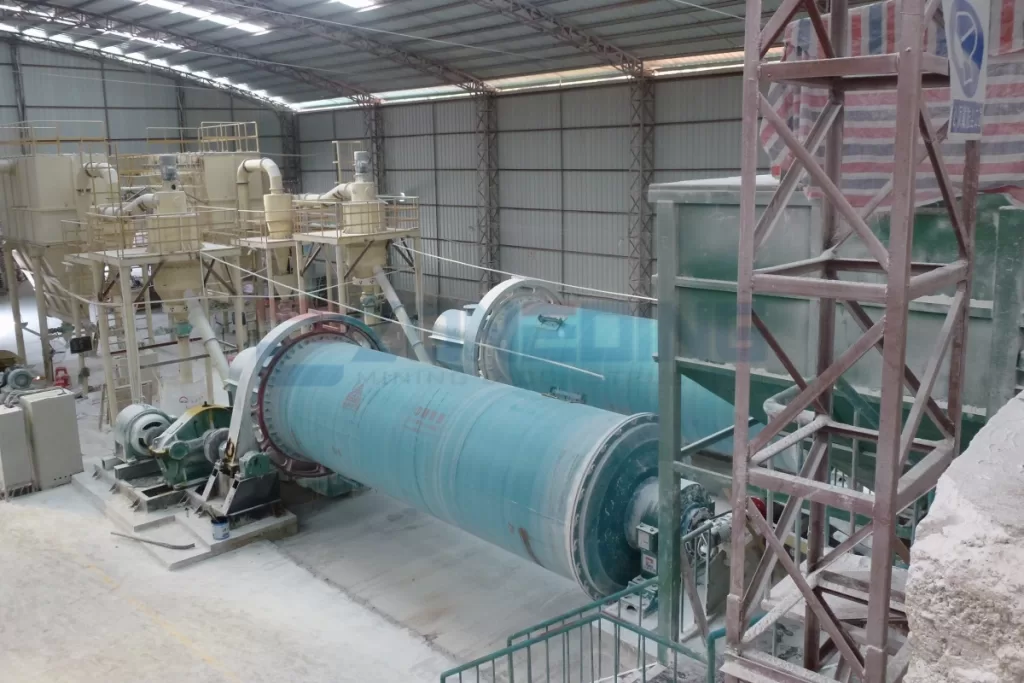
| Model | Feeding capacity (t/time) | Shell rotation speed (r/min) | Reference motor (kw) | Liner material |
| 600×700 | 0.05 | 50 | 2.2 | Chinaware,silicon,rubber or metal(the related motor power varied as per the different liner materials and grinding materials) |
| 800×600 | 0.075 | 42 | 3 | |
| 900×1200 | 0.2 | 38.5 | 5.5 | |
| 1300×1500 | 0.5 | 33 | 7.5 | |
| 1500×1800 | 1.2 | 28.5 | 11 | |
| 1800×2000 | 1.5 | 24 | 15 | |
| 2600×2800 | 5 | 16.5 | 37 | |
| 3000×3800 | 10 | 14.5 | 57.2 | |
| 3200×4600 | 15 | 13.5 | 75 |
1.Are you a manufacturing or trading company?
We are manufacturer. Our factory established in 2004.
2.What is the after-service of your company?
We can provide the foundation drawing, installation service, training, spare parts and other service according to the customer’s requirements.
3. Which mineral processing method should I choose?
According to the properties of minerals, we will choose the treatment method that most suitable for you.
4. What machines are usually required for the whole production line?
Usually there are feeder, primary and secondary crushers, vibrating screen, ball mill, classifier, spiral chute, magnetic or flotation machine, dryer, etc. Equipment can be adjusted.
5. What is the final mineral concentration?
It depends on the ore grade. The final concentration of gold ore can reach 80-90%.
Our ball mill are available in different styles and many models in each style to adapt to various grinding requirements.
Our Rod Mill are available in different styles and numerous model sizes in each style to adapt to various grinding requirements. The rod mill is a grinding equipment that uses steel rods as the grinding media, widel…
Our Flotation Machine are available in different styles and numerous model sizes in each style to adapt to various mineral separation requirements. A flotation machine is a crucial piece of equipment used to separ…
Magnetic Separator is used to efficiently separate magnetic particles from non-magnetic materials in mineral processing, featuring a rotating drum design and customizable magnetic field strength for high-purity separation. …
Spiral classifiers can grade different particles in ore slurry during the metal beneficiation process as well as deslime and dehydrate in the washing operation.
Zoneding Machine supplies different types of jigging in mineral processing(such as fixed jig and mobile jig machine), the customized parameters for your requirements. A Mineral jigging machines …
Wet pan mill is widely used in the gold mining industry and is one of the indispensable equipment in the modern gold mining industry. In addition, it can also be used for mining and processing other non-ferrous metals and precious metal ore…
Our Shaking Table are available in different styles and numerous model sizes in each style to adapt to various mineral separation requirements. A shaking table, sometimes called a gold shaker table or gold recovery …
loading…
已经是到最后一篇内容了!
We use cookies to ensure that we give you the best experience on our website. If you continue to use this site we will assume that you are happy with it.
Privacy Policy